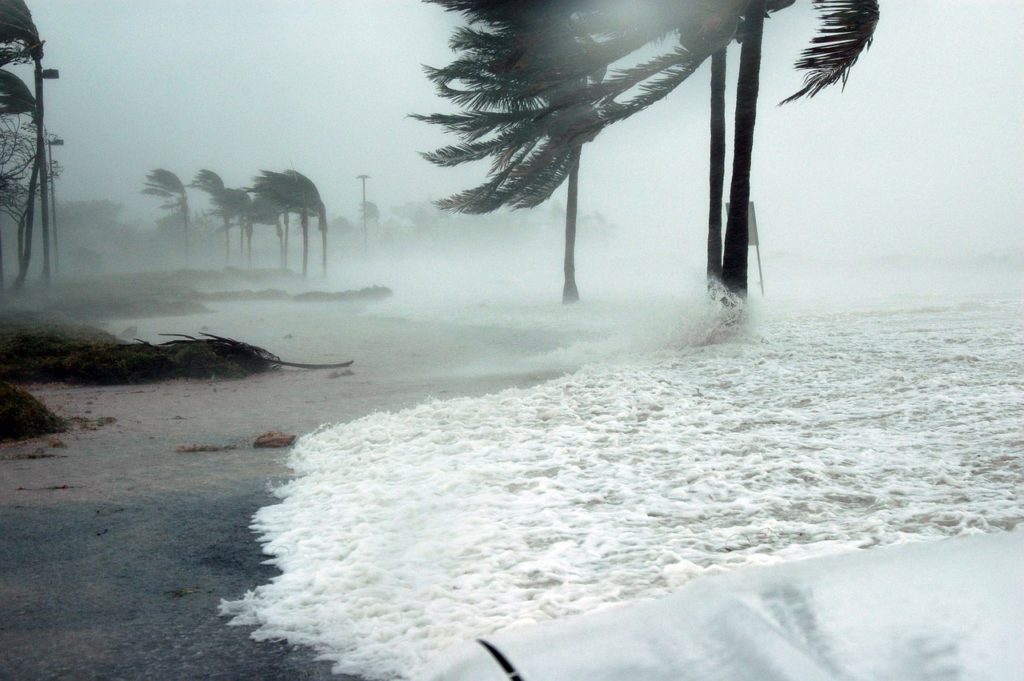While much of the nation grinds to a halt amid the COVID-19 pandemic, hospice providers remain on the move — providing essential care to suffering patients and families in their homes and communities.
In my observations of the hospice community, going the extra mile seems to be a matter of course for providers. Nurses have snowshoed through blizzards and canoed through floodwaters to reach their patients, even in the midst of disaster that may have affected their own homes and families.
In the best of times and the worst of times, hospices rise to the occasion.
Hospices may be better prepared than most to respond to the current crisis, and the larger health care system may have much to learn from their example. The unique and multifaceted skill sets that hospice providers bring to bear are particularly relevant to the realities of this pandemic.
The nation’s leaders and health care authorities are calling for people to stay in their homes. This is where hospice providers do most of their work, and where palliative care providers are making in-roads.
Hospitals and other facilities are becoming overwhelmed. Hospice and palliative care professionals are among the best at preventing hospitalizations and emergency department visits.
The economy is taking a hit, and many people are unable to work or have reduced work hours due to illness, isolation, or child care due to school closures. Hospice and palliative care providers are accustomed to working within the confines of staffing shortages and are adept at managing care for patients on a shoestring budget.
People nationwide are scared, not only of acquiring COVID-19, but of the far-reaching economic and societal implications. Hospice providers have tremendous skill and considerable experience helping patients deal with fear and anxiety in the face of serious illness and mortality.
That does not mean that we can minimize the unique financial, logistical and clinical challenges that hospices are confronting as the pandemic rages on. If anything, the spotlight that is now shining on the vulnerabilities within our health care system puts in sharp relief the problems that hospices deal with even under normal circumstances. Pandemic or no, hospices need more clinical and support staff to meet ever rising demand. Many organizations operate on slim margins of 1% to 2%, with very little space to absorb a financial shock, and many rely on philanthropy to stay afloat.
Stakeholders, including policymakers, need to take a sharp look at these challenges and start moving the needle towards solutions. Perhaps payment reform is needed to place hospices in a better position to endure economic storms and sustain their programs. Perhaps legislative initiatives such as the Palliative Care and Hospice Education and Training Act or the Rural Access to Hospice Act, need to move forward.
As a journalist, it would be inappropriate for me to endorse or advocate for a particular policy initiative. However, it’s undeniable that solutions are needed, and for now these initiatives are the options on the table. If other ideas exist, let’s talk about them — and work to move that conversation beyond the confines of the hospice community and into the public sphere.
Patients need hospice, and hospices need more resources and support if they are going to continue to meet those needs.



